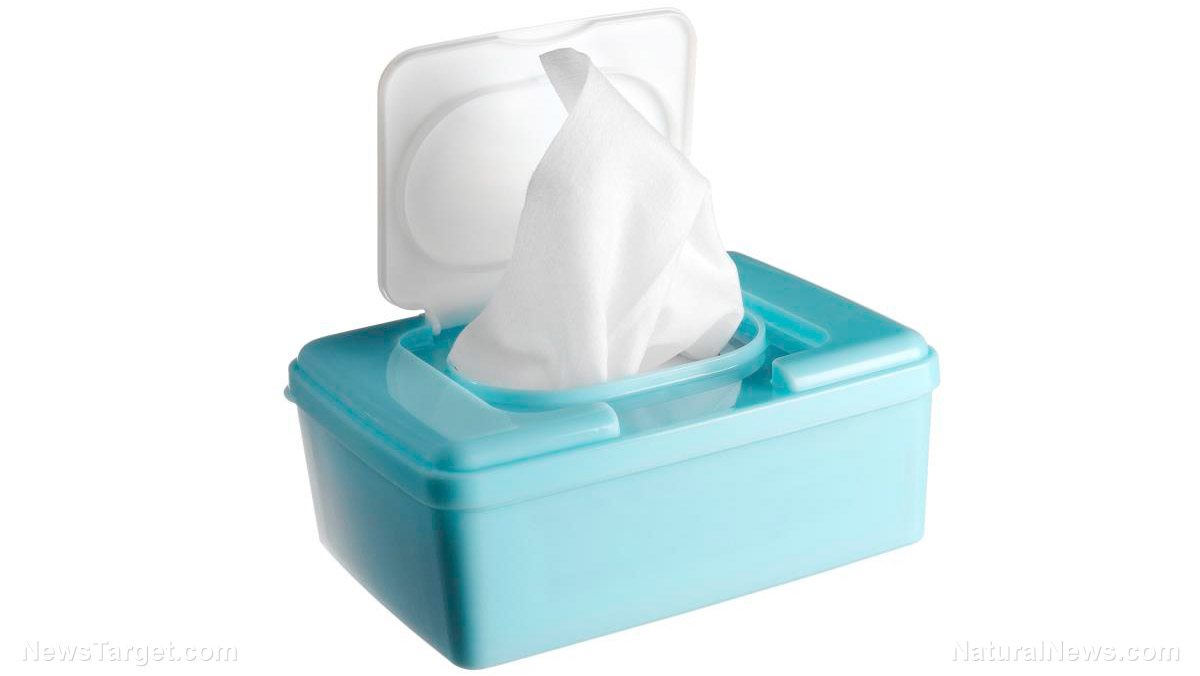Emergency preparedness: 5 Reasons shelter is crucial to your survival when SHTF
03/07/2022 / By Zoey Sky

Before SHTF, you need to learn how to build a temporary shelter that will protect you from the heat, rain or snow. Even if your shelter is temporary, it can make a big difference if you need to rest after bugging out for several hours or days. (h/t to TheSurvivalistBlog.net)
Shelter is a survival priority, especially when you are dealing with outdoor emergencies. In some cases, shelter might even be more important than drinking water. It is crucial in an outdoor survival situation because exposure to the elements like extreme heat, low temperatures, rain or snow can kill you within hours, compared to several days without water or weeks without food.
If you’re unlucky, you may only survive a couple of hours without shelter even in environments that are considered temperate or even pleasant.
You can improve your chance of survival by learning how to set up a basic, sturdy shelter and knowing the five reasons why shelter is crucial to your survival when SHTF.
Only air is more important than shelter
In a survival situation, only air is more important than shelter.
If you find yourself stranded in a hot or cold environment and can breathe easily, focus on building a shelter first. Outside of ideal climates, your body will struggle to thermoregulate itself.
When SHTF and the weather gives you problems, you can start the survival “clock” on exposure. In warm climates, you can die of hyperthermia or heatstroke if you don’t have adequate shade.
If you’re working or traveling in the heat, drink water every 15 to 20 minutes and wear lightweight, light-colored clothing when outdoors. Drinking water regularly will also help prevent dehydration.
In cold climates, you can die of hypothermia very quickly if you are drenched. You can experience hypothermia even if you are dry when your body temperature plummets below what is necessary to maintain normal metabolism.
A shelter will allow you to rest when SHTF
When you’ve been walking for hours, you can help improve your body’s ability to thermoregulate itself if you have a shelter. Additionally, getting more comfortable when SHTF will allow you to sleep better or at least get more recuperative rest.
If the situation allows, try to build a more elaborate shelter so your group can relax after bugging out.
A shelter can protect you from the heat of the sun
With a shelter, you can adapt to hot weather. If your body temperature climbs too high and stays there for too long in hot, arid climates, you’ll be at risk of heatstroke, which can be just as fatal as hypothermia.
If you evacuate on a hot, sunny day, avoid working or exerting yourself in the hottest part of the day and stay out of direct sunlight.
Build something that will provide shade. The larger an area of the ground that you can keep in the shade, the better cooling you will get over time.
If possible, build a shelter that’s dug into the ground. This kind of shelter can help you quickly run into a cooler substrate.
A shelter can help you stay warm
Shelters can keep you warm in cold environments. First, your shelter will keep the wind from having a pronounced effect on you.
A well-built shelter may even prevent strong winds from reaching you entirely. This is important because even a gentle breeze in cold weather can quickly strip heat away from your body.
Second, a properly designed cold weather shelter will help trap air in a small volume around your body. This creates a microclimate that will be warmer than the air outside.
Before SHTF, prepare a bug-out bag with weather-appropriate clothing so you can stay warm even if you need to evacuate in winter. Make sure your gear also includes a sleeping bag and a firestarting kit so you can stay warm inside your shelter.
A shelter will protect you from rain, wind and dust
Aside from direct protection from the climate, a sturdy survival shelter will also protect you from precipitation like rain or snow and wind and windblown dust. These weather events can spell trouble for a survivor no matter what the environment. (Related: Survival 101: 5 Reasons to set up a safe room or storm shelter.)
Getting wet when it rains and then being exposed to cooler temperatures, especially when it’s also very windy, can result in serious hypothermia.
Harsh winds can also pull heat out of your body. The wind can also chap exposed, sensitive skin and make it harder to rest while you’re bugging out in the wild.
In some cases, the wind and windblown dust, ash and other fine particulate debris can be both a significant annoyance and a health hazard.
With a well-built shelter, you can protect yourself from the heat and cold, rain, snow, wind and dust after SHTF.
More related stories:
How to build an emergency shelter with a tarp.
Essential gear you need for shelter, fire, water, and survival.
How to make an invisible shelter looters can’t find.
How to build an emergency shelter inexpensively.
How to make a formidable temporary shelter when SHTF.
Watch the video below for tips on how to set up a tarp shelter.
This video is from the Prepping101 channel on Brighteon.com.
Visit Survival.news for more articles about building survival shelters.
Sources include:
Submit a correction >>
Tagged Under:
bug out, disaster, disaster preparedness, emergency preparedness, emergency shelter, heatstroke, hypothermia, preparedness, prepper, prepping, shelter, SHTF, survival, survivalist
This article may contain statements that reflect the opinion of the author
RECENT NEWS & ARTICLES
COPYRIGHT © 2017 PREPAREDNESS NEWS




















